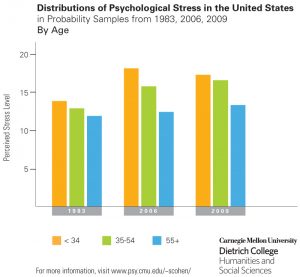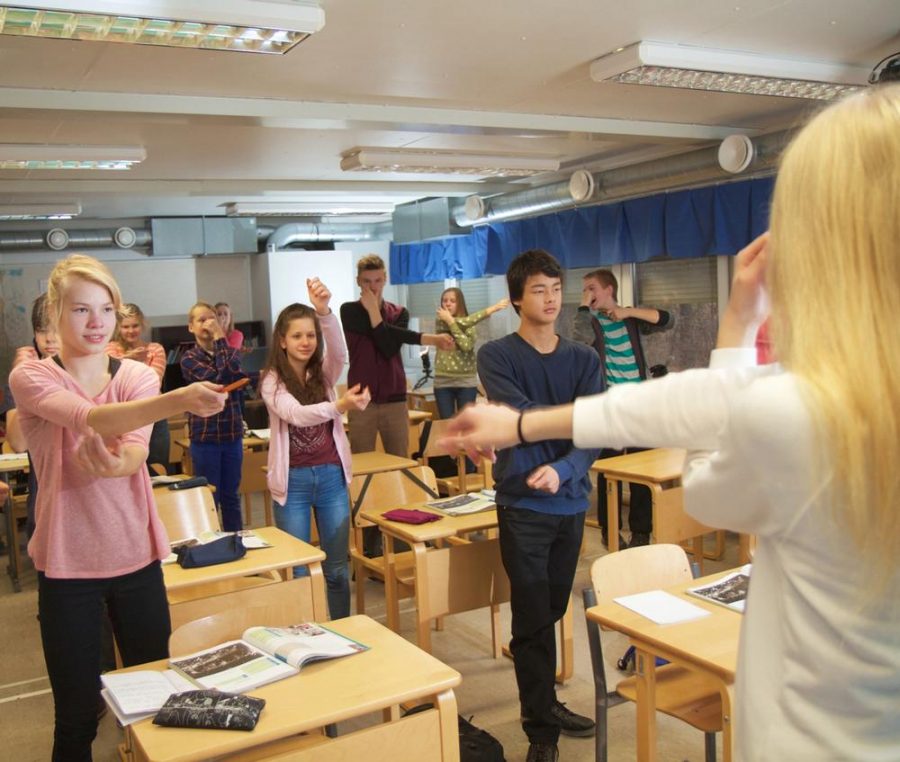Finland’s Education System
Finland manages to have some of the best schools in the world. How can a school in the United States, such as West Senior High School, follow in their footsteps?
In the United States, our school system is hailed as one of the best. However, other school systems around the globe are shining. Do you know what country consistently ranks among the best educational systems in the world? Finland — you heard that correctly. The small Nordic country is actually a leader in world education.
Not only does Finland have the highest high school graduation rate in Europe, but on international tests, Finish students regularly rank near the top in Reading, Math, and Science. The Fins do this without endless hours of homework.
Stress over grades and upcoming tests, is something that has affected students for a while. The constant thought of an upcoming test or exam, can lead to students discouraging themselves. This has been an issue that has been plaguing United States schools. Data has shown the rising trend of stress in students.

Finland consistently has the best student outcomes. This is one of the reasons as to why their system is ranked so high, globally. Finnish students continue to thrive, and there are many reasons as to why this is a reality in the small Nordic country.
No student gets left behind. Finland public schools concentrate on making sure that every student achieves basic proficiency in the subjects that they study, whereas here in the US, students and school districts are expected to compete against one another for limited resources, inevitably creating a system of winners and losers. This difference in approach is one of the reasons why the achievement gap that exists between the rich and poor in American schools is smaller in Finland than anywhere else in the world.
Finnish students rarely get homework up until high school, and once they’re in high school, they almost never get standardized tests. In fact, Finnish students are only required to take one standardized test, and that’s not until the end of high school. Finns believe that when it comes to education, patience, hands-on learning and focusing on problem-solving are more important than listening to lectures, test preparation, and memorization of information.
Due to Finnish teachers having more flexibility than teachers in the United States, they have the ability to not race through lessons, and cram as much information as possible into students heads. They have a four hour work day, which helps them give priority to moving slowly and taking as much time as necessary to thoroughly investigate fewer topics but in much greater depth.
The principles that make up the Finland school system has led to less suicides, depression, and social anxiety in Finnish students, in comparison to countries such as Japan, which has some of the highest suicide rates and depression among students.
So, should the US admit that the Finns have a better understanding of education than we do and go ahead and abandon our system and adopt theirs? Of course not. But what we should admit is that when it comes to education, we just don’t have all the answers. There’s plenty of ways to learn from countries like Finland that do things very differently, but have a proven track record of great results in their education system. We just have to be more open to what educational innovators are doing around the globe.
